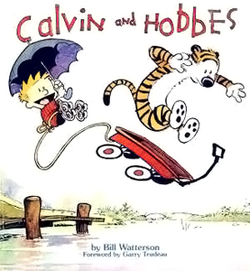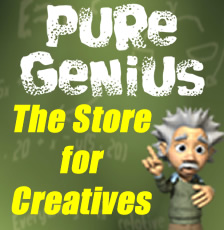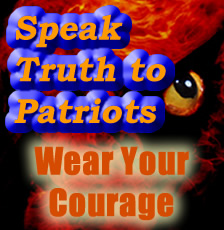LA Film Fest: When (Creative) Worlds Collide
(First published on blogcritics.org)
On June 23, 2013, at the LA Film Fest worlds collided. This was no hokey sci-fi flick, but a discussion of the impact of new media on the movie industry and the art of storytelling. Hollywood and Silicon Valley Collide: Immersion, Interactivity and Narrative Expansion brought together panelists Florian Henckel Von Donnersmark (The Lives of Others, The Tourist); author Cornelia Funke (Inkheart, the Mirrorworld novels); Geoffrey Long, former Microsoft narrative design program manager, and Scott Snibbe, CEO, Snibbe Interactive. The discussion was moderated by Andy Merkin, Head of Transmedia and Special Projects for Mirada Studios.
The panelists agreed that “narrative expansion” was one of the major benefits of Hollywood meeting Silicon Valley. Long explained that narrative expansion is the extension of worlds which float across all media, sometimes for a decade or more. “Star Wars started as a movie. Then there were novels, animation, video games and even Legos,” he said.
Scott Snibbe suggested “Maybe the first transmedia was action figures. When you have words to describe your worlds, everyone sees them in a different way. Once you have pictures you have something you can really collaborate on.”
The narrative expansion leads to immersion. Long continued “Collaboration across platforms allows us to create worlds that are sufficiently vast that people can imagine their own story. I’m not Luke Skywalker, but if I were a Jedi, this is the kind of Jedi I would be. It nerds me out that when I’m at a Star Wars event and I do this (Long grabbed his throat), people understand what I mean.” He was referencing the I-find-your-lack-of-faith-disturbing scene in Star Wars IV.
The panelists debated whether novelists still have to spend years, like Tolkien and Rowling, developing every little detail of their world. Funke admitted that she was afraid to have her novels turned into films. She especially could not see how they could be turned into something you’d experience on an iPad. She said that she would see something filmed and think, “No, that’s not my world at all.”
The new technology and its added opportunities for collaboration changed that. Funke recently had her Mirrorworld creation adapted into an iPad app by Mirada Studios, a process that left her enthralled. “They turned the iPad into the mirror,” she said. “Now, suddenly I will stand high on a table and cheer for the digital revolution.”
Von Donnersmark did have some reservations about collaboration. “I’m not sure that if Tolstoy had collaborated with other writers that Anna Karenina would have been a better story,” he said. But, he is a fan of transmedia worlds. “When Aaron Sorkin wrote the screenplay for The American President,” he said, “it was a 500 page script. Most of it could not be used for the movie, although later much of it was the source for The West Wing. Now, through transmedia, this additional material can be used to extend the experience. You can use all that material in marketing and other media.”
Funke agreed and put in another pitch for collaboration. “I can do yellow; he can do blue, but together we can do green. And that is the magic of collaboration.” Von Donnersmark cited a new website/project by Joseph Gordon Levitt, Hit Record as an example of innovative collaboration.
There was some concern about losing control of your vision, but panelists argued that artists should allow their work to be extended. Von Donnersmark brought up an example: “Bill Watterson, the creator of Calvin and Hobbes never allowed the strip into the animation world because he felt it would be impossible to maintain the integrity of the characters. This was the opposite of someone like Charles Shultz with Peanuts or the Smurfs. Letting go a little keeps the whole thing alive. Now, Calvin and Hobbes is becoming forgotten.“ Von Donnersmark continued, “So, sometimes we have to put up with, say, a really bad version of Tin Tin, but, when kids have seen the movie they will search out the books. As authors we have to live with a certain level of distortion, if we want our works to live on.”
The panelists agreed that because of transmedia we live in the best time for storytelling. Von Donnersmark said, “You can work on the assumption that anything you can imagine can be done. This was not the case ten years ago, nor even five years ago. Our children are growing up with this technology. I see my daughter using iMovie to create films that are more sophisticated than what we did in film school.”
Donnersmark concluded, “Hollywood is really very hungry for talent. It may not seem like that, but just work at it. Embrace happily being exploited and exploit others. Don’t expect any rewards until you have slaved away for ten years. The people who are going to help you succeed are your peers who will rise with you.”




